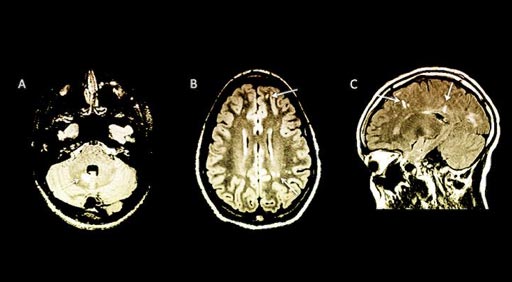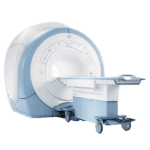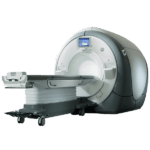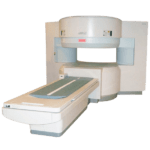Children with a high risk of developing Multiple Sclerosis may be identified by MRI scan before symptoms become apparent
A new study has shown that children with a high risk of developing Multiple Sclerosis can be identified by MRI scan, even before symptoms become apparent.

38 children from 16 sites in 6 countries were used in the study, and all underwent an MRI scan for headaches or other reasons. Sometimes, when a child is diagnosed with MS, it’s already too late to prevent MS-related relapses and disabilities.
The research was conducted by Yale School of Medicine, and published in the November 2017 issues of the journal Neurology: Neuroimmunology & Neuroinflammation. Without the children showing any clinical symptoms of the disease, the MRI brain scans showed unexpected signs of MS. This means that the study could lead to earlier diagnosis and treatment for MS. Around 2 years after the MRI showing findings of MS, 42% of the children who participated in the study began to show signs of MS. The children who had the greatest risk of developing clinical systems of MS were those with a specific marker in spinal fluid, or those who showed changes to the spinal cord in the MRI scan images.
Get Started
Request Pricing Today!
We’re here to help! Simply fill out the form to tell us a bit about your project. We’ll contact you to set up a conversation so we can discuss how we can best meet your needs. Thank you for considering us!
Great support & services
Save time and energy
Peace of mind
Risk reduction
The lead author of the study was Naila Makhani, MD, assistant professor of pediatrics and neurology at Yale School of Medicine. She said “For the first time we have proposed a definition of RIS in children. Children with Radiologically Isolated Syndrome (RIS) may represent a high-risk group of children that needs to be followed more closely for the later development of clinical multiple sclerosis. We hope that our work will help inform expert guidelines for how to follow up children with RIS and help us accurately inform families of the risk of later developing multiple sclerosis, something we were previously unable to do.”



